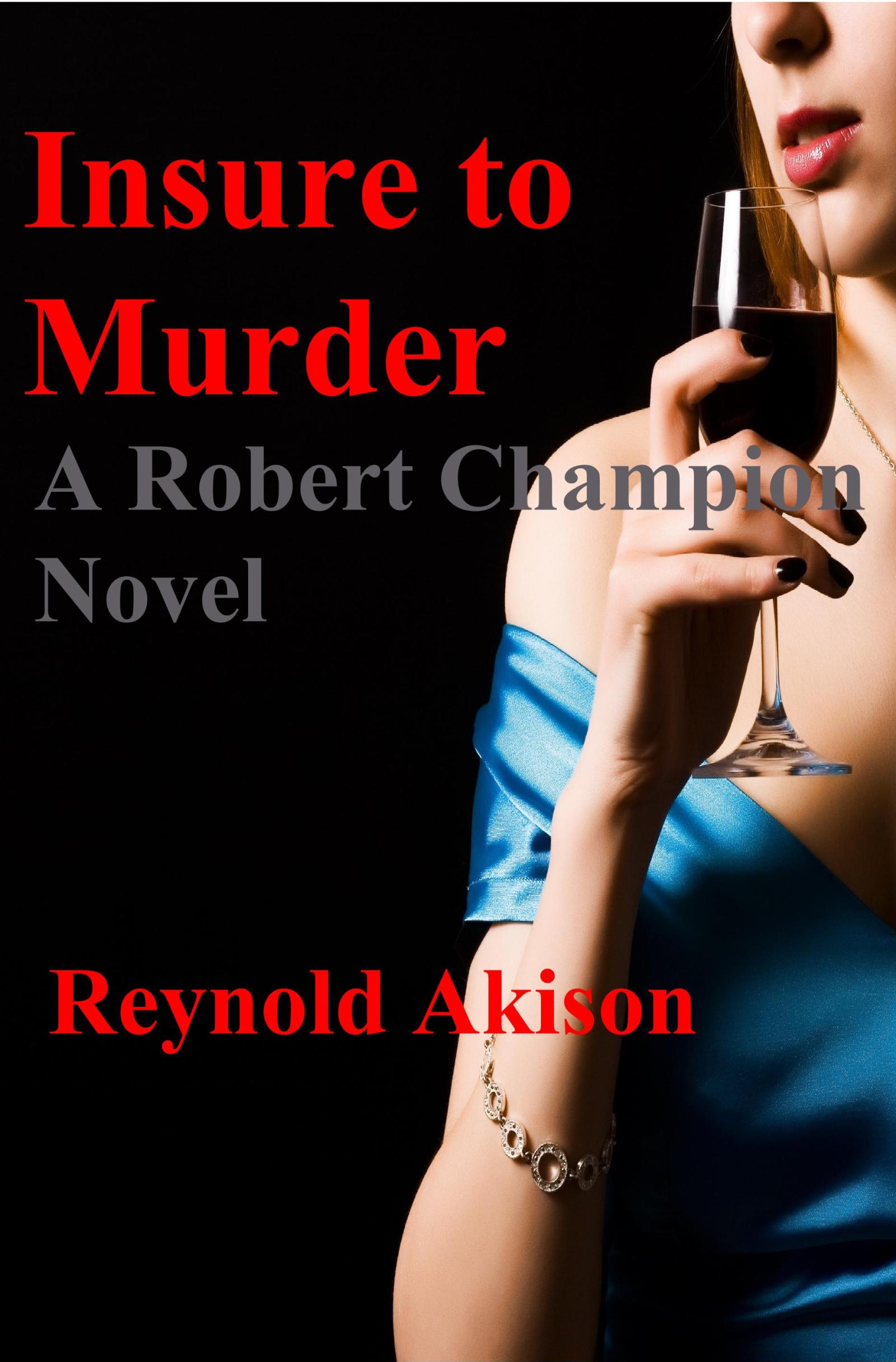Serial Fiction may have begun when the first person telling a story around a camp fire late at night got the idea to leave his or her audience at the edge of their seats until the next night with a cliff hanger ending and a “to be continued.” If we had a time machine we could go back an listen.
Printed serial fiction got started in the 17th Century with the introduction of moveable type. In the 18th Century, Dickens’ Pickwick Papers started an avalanche of serial novels. Wilkie Collins, the so-called father of the detective novel, published serial novels. In France, Alexander Dumas, author of The Count of Monte Cristo, published serial novels. Gustave Flaubert’s, Madame Bovary; Leo Tolstoy’s, Anna Karenina, and Dostoevsky’s, Brothers Karamazov were all published as serials.
American authors, Henry James, Herman Melville and Harriet Beecher Stowe all published serial fiction. Perhaps America’s most influential novel – Uncle Tom’s Cabin – was published as a serial.
Check out this entry at Wikipedia – Serial (Literature) to find out more.
Reynold
